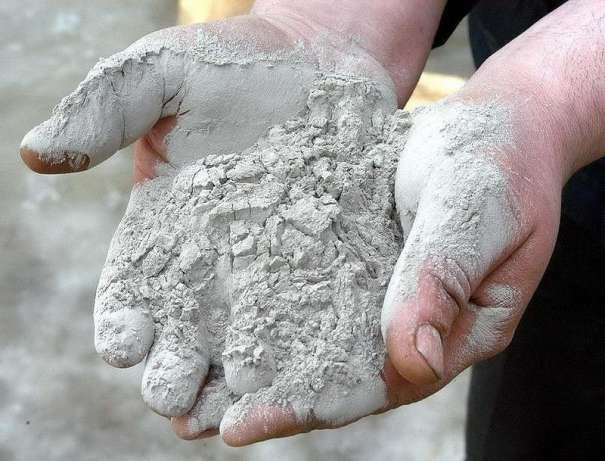Direction of comprehensive utilization of fly ash

1. Cement industry
The cement industry is the most important way of utilizing fly ash. Fly ash can be used as a cement raw material instead of clay, and can also be used as a cement admixture, among which fly ash is more commonly used as a cement admixture. Generally, the admixture of fly ash in cement is 15%-30%, and the admixture of ultrafine fly ash is higher.
Fly ash has chemical reactivity such as pozzolanic activity and reactivity with water. After fully stimulating pozzolanic activity or chemical reactivity, cementitious materials and their products are prepared, such as non-clinker cementitious materials, low-clinker cementitious materials, alkali Exciting cementitious materials and their products to produce green and ecological cementitious materials, etc., for specific environments.
The concrete industry
Fly ash is mainly used in concrete as a concrete admixture, and it can also be used to prepare concrete aggregates through certain technologies.
Fly ash can be used as an admixture for concrete. The application of fly ash can not only reduce the amount of cement and reduce the cost of concrete production, but also improve the working performance of concrete, resulting in obvious technical, economic and environmental benefits. It has become one of the indispensable and important components in concrete production.
The chemical composition of fly ash is similar to clay. It can be sintered to prepare ceramic sand and ceramsite as light aggregates, or sintered to prepare dense aggregates. At the same time, fly ash has pozzolanic activity or other chemical reactivity. Artificial sand and crushed stone were prepared under normal pressure conditions. Using the similar chemical composition and pozzolanic activity of fly ash and clay to prepare sand, crushed stone, etc., as a substitute material for sand source, is an effective way to increase the application amount of fly ash in the field of concrete.
3. Wall material
The application of fly ash in the field of wall materials is divided into sintered products, autoclaved silicate products and less/no cement clinker fly ash products, including bricks, blocks and boards from the form of wall materials. The chemical composition of fly ash and clay is similar, and brick and block wall materials can be prepared by sintering. In areas with a large amount of fly ash, the use of fly ash to replace clay and other resources to produce new wall materials is the present and the future. development direction. Fly ash contains silicon and aluminum components, and is the raw material for autoclaved silicate products. It can be used to produce autoclaved bricks, autoclaved aerated concrete blocks and panels. With the advancement of building energy conservation and wall material innovation, Autoclaved aerated concrete blocks and slabs are more energy-efficient and more environmentally friendly than traditional wall materials, and will inevitably be vigorously praised and developed.
4. Traffic Engineering
Fly ash has pozzolanic activity or cementitious properties, and has certain soil properties.
V. Environmental Governance and Ecological Restoration
Make full use of the activity and soil properties of fly ash to prepare a vegetation restoration building material suitable for plant growth. Acid to neutral, strong water retention, providing nutrients for plant growth, providing the basis for plant growth, especially under special conditions, such as slopes, deserts, abandoned quarries, landfills and other regional plants key to growth. Under the premise of current environmental protection, the application of fly ash vegetation restoration building materials in desert solidification and vegetation restoration, mine management and vegetation restoration will be very promising.
6. Use of useful components
Fly ash contains a variety of useful elements such as silicon, aluminum, iron, carbon, gallium, germanium, etc. Using fly ash as a raw material to extract relevant valuable elements is an important way to realize high value-added utilization of fly ash in the future. At present, the carbon and iron separation technologies of fly ash are relatively mature, and important progress has also been made in the separation and extraction of alumina, silica, metal gallium and other technologies.
7. Other
Recently, related enterprises at home and abroad have realized the transformation from fly ash to floor tiles, furniture, refractory materials, oil fracturing proppant and other products, and then realized the fly ash market from regional markets to all over the country and even overseas markets. expansion. The use of new technologies to produce high value-added products such as ceramic bricks and oil fracturing proppants is an important direction for the comprehensive utilization of fly ash, especially in the coal power industry.
